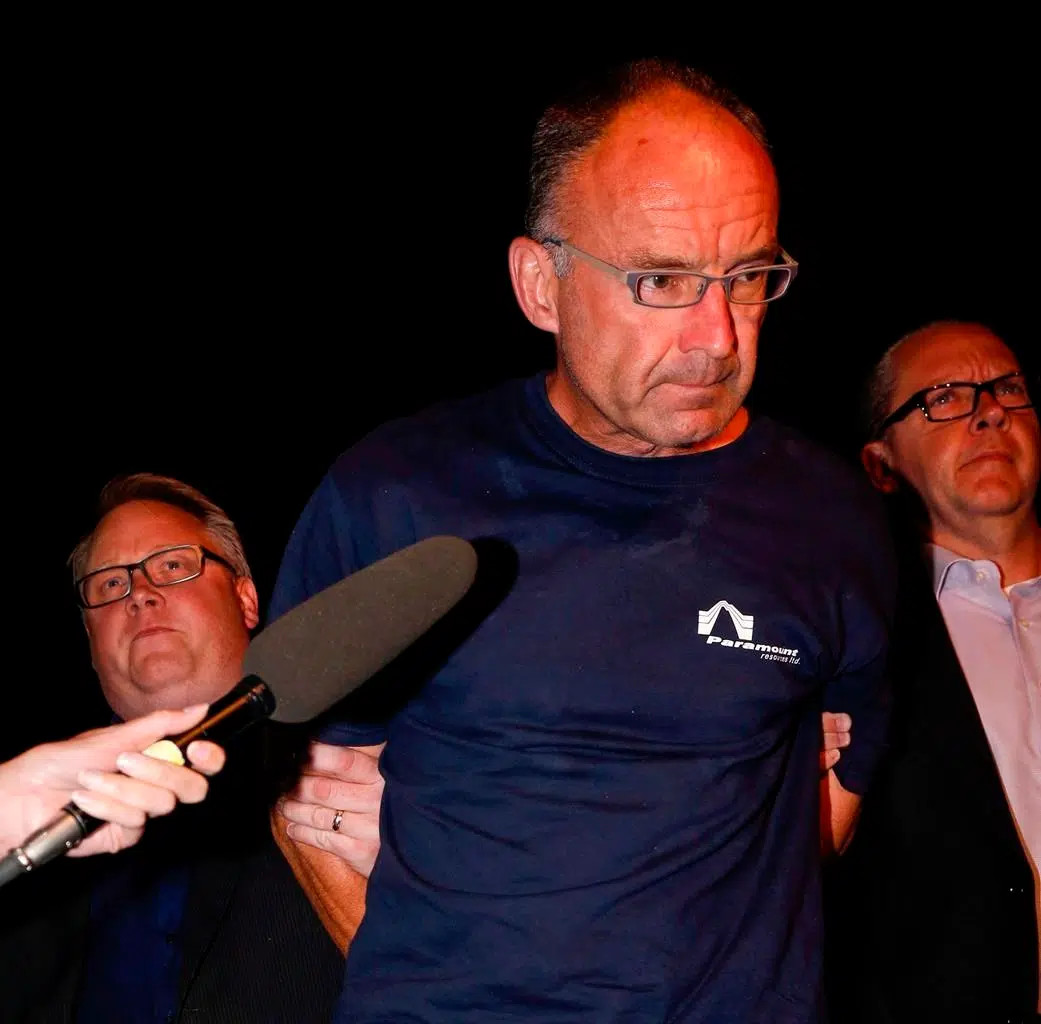
‘They’re numb:’ Guilty verdict for killing Calgary couple and young grandson
CALGARY — A prosecutor says first-degree murder verdicts against a man who killed a couple and their young grandson before disposing of their bodies will do little to ease the family’s grief.
Douglas Garland, 57, was charged after Alvin and Kathy Liknes and five-year-old Nathan O’Brien disappeared in June 2014. He faces the possibility of spending the rest of his life in prison when he is sentenced Friday.
The victims’ family wept openly as the verdicts were read. There was no reaction from Garland.
“At the end of the day, the loss of three critical people in their family … this decision doesn’t change that. They still have to grieve,” Crown lawyer Shane Parker said Thursday.


